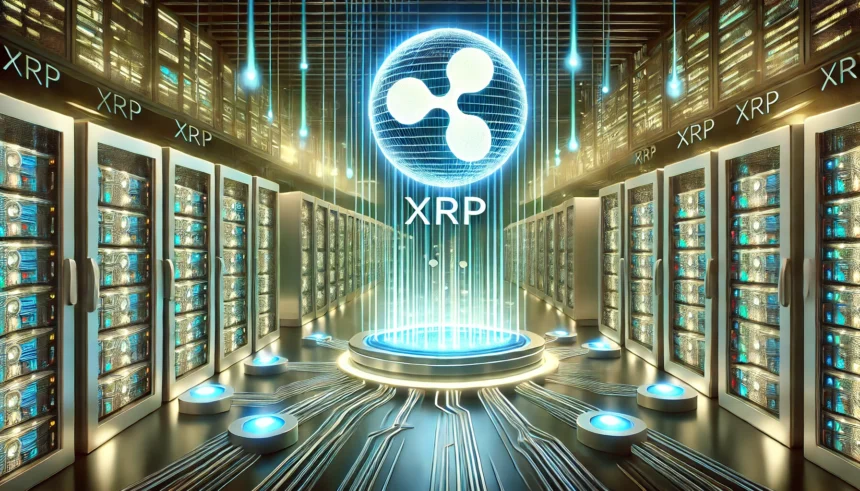
- A governance voting process is underway to subject transaction fees on XRPL to an increment from 10 drops to 200 drops.
- Meanwhile, validators recently voted to reduce the minimum fees required to open an account on XRPL by 90%.
Transaction fees on XRP Ledger (XRPL) could witness a significant adjustment as the community begins governance voting. According to information shared on X by RippleX, the voting is centered on whether to increase the network’s transaction fee from 10 drops to 200 drops. According to data, the 200 drop is equivalent to $0.0005.
ICYMI, the XRPL community is voting on network transaction fees for optimal performance, specifically whether to increase from the current 10 drops to 200 drops (1 drop = 0.000001 XRP). At current XRP prices, 200 drops is approximately $0.0005. As a XRPL builder, what should you…— RippleX (@RippleXDev) December 4, 2024
Reasons for this Initiative
According to an official blog post, the fee adjustment is intended to prevent the network from spamming. In this case, validators would decide on competing priorities to either protect the network from misuse or make it accessible to more users and use cases.
The reference transaction cost protects the network from excessive processing and relaying of transactions. This is important because every server in the network independently verifies and processes every transaction, and those transactions need to be relayed to every server. If the reference transaction cost is too low, malicious users can overload the network by spamming it with too many transactions. This setting mostly protects servers’ CPU and bandwidth usage.
According to our research, the XRPL transaction cost would not be paid to anyone, as witnessed in other networks. Rather, it will be permanently destroyed. Also, the transaction costs have two thresholds:
- The server ignores transactions completely if the cost does not meet the server’s load-based transaction cost threshold.
- The server will queue a transaction for a later ledger if the cost does not meet its open ledger cost threshold.
In this case, transactions are divided into three:
- Those that specify transaction costs that are so low that they get denied by the load-based transaction cost.
- Transactions that specify transaction costs that are high enough that they get included in the current open ledger.
- Transactions in-between, which gets queued for a later ledger version.
More About the Transaction Fees Proposal on XRPL
It is important to note that transaction costs would only be debited from the sender’s balance only after they are reflected in the ledger. For accounts that do not have enough XRP to pay for fees, transactions may be dropped or reordered.
In this case, the account pays all the XRP it can, ending with 0 XRP. This can occur because rippled decides whether to relay the transaction to the network based on its in-progress ledger, but transactions may be dropped or reordered when building the consensus ledger.
Upon the passage of the new proposal, RippleX advises that validators avoid hardcoding fees. The reason is that this might lead to several incidents of failed transactions as the fee level adjusts. Additionally, he advised that they use SDKs to autofill the fee field.
Recently, CNF reported that the minimum fee to open an account on XRPL has been drastically slashed by 90% after a governance vote. This implies that operating on the ledger is now 10 times cheaper. Specifically, account reserves were moved from 10 XRP to 1 XRP, while the creation of fees for trust lines was reduced from 2 XRP to 0.2 XRP.
At press time, XRP was trading at $2.3 after declining by 11.6% in the last 24 hours.







